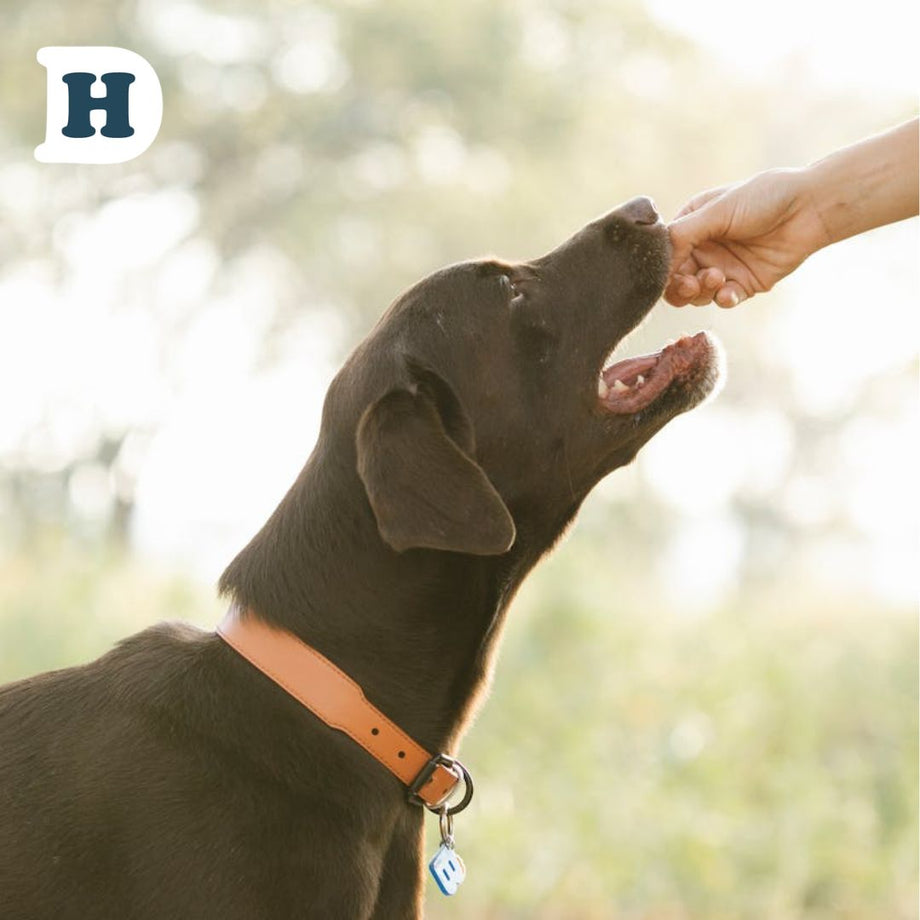Introducing a dog and cat is no small task. However, if done properly, it can be a fun experience for both animals and their human families. Knowing the keys to successful introductions and making sure to keep safety in mind will help ensure a smooth transition for all involved.
Introduce the Animals Mindfully.

When introducing the animals for the first time, it’s important to take it slowly and cautiously. Give both pets the opportunity to explore their own space and observe one another from a distance. If possible, have someone else hold your dog while you give your cat extra attention. This gives each pet a chance to become familiar with the other in its own time. Keep interactions short at first and offer plenty of opportunities for praise so that both animals start off on the right paw.
Separate Space Is Essential.
When introducing cats and dogs, it’s important to give each pet its own space that is exclusively for them. This can be in the form of a cat tree for the feline, or an area with a blanket and toys just for the dog. It’s also essential that each animal has access to separate food bowls, beds, and litter boxes, so they remain separate yet comfortable while they adjust to one another.
You may benefit from having a pheromone diffuse in the house. These emit a pheromone that will help to relax the new house guests.
It can be helpful to make these spaces easier for cats to reach, such as pulling out chairs from the dining table or pulling a sofa slightly off the wall so only the cat can get through the gap. Pet gates can be used to keep dogs out of certain parts of the house and some pet gates come with a cat door.
As a Dog Food Delivery Service, we recommend feeding dogs and cats separately. Mealtimes are an important aspect in the behaviour of animals. These times can be used to display dominance and can lead to unnecessary stress, digestive upsets from eating too quickly, and sometimes aggression.
Acclimatise Dogs to Cats Gradually.
It's important to take the time to acclimatise dogs to cats gradually. Supervise all interactions and keep sessions short and sweet, increasing their duration as your pets get healthier with each other. Begin by placing them in separate areas of the same room- this allows both animals to become used to one another’s presence. Reward both animals when they stay calm, and slowly move them a little closer each day until they are comfortable with each other's presence.
Supervise Interactions Closely.
It's important to supervise all interactions between cats and dogs to ensure both are comfortable and relaxed. Watch for signs of stress in both animals, such as ears pinned back, tucked tails, panting or pressed bodies. If these signs appear, separate them immediately and take a break before trying again. Reward both animals with praise and treats when they stay calm while near each other.
Provide Plenty of Distraction and Boundaries for Both Species.
Distraction and boundaries can be useful training tools in introducing cats and dogs. Dogs are naturally curious and may want to explore their new roommate, while cats need space and time to adjust to the presence of a dog. Provide toys and treats for distraction, as well as places where the cat can escape if needed (like pet stairs or high shelves). Ensure that the initial introduction are full of positive experiences as this will impact your dog and cat later in life. While we may be bias to our canine companions, be aware that some creative cats may figure out ways to take advantage of the curious canine!
©deliveryhound.com.au 2023






